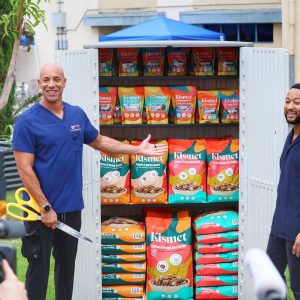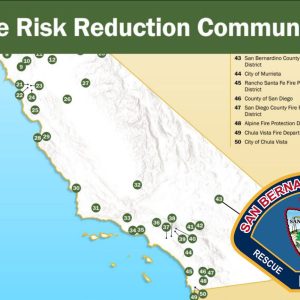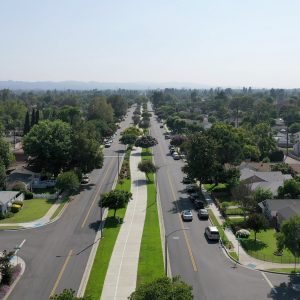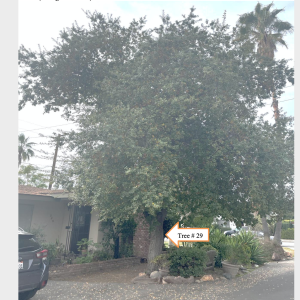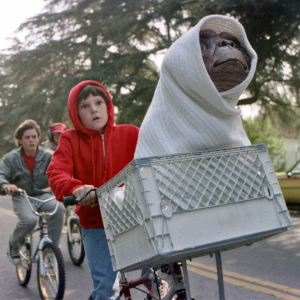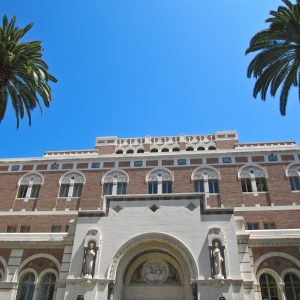 View Winners →
View Winners → Metropolitan Water District begins refilling SoCal’s largest reservoir
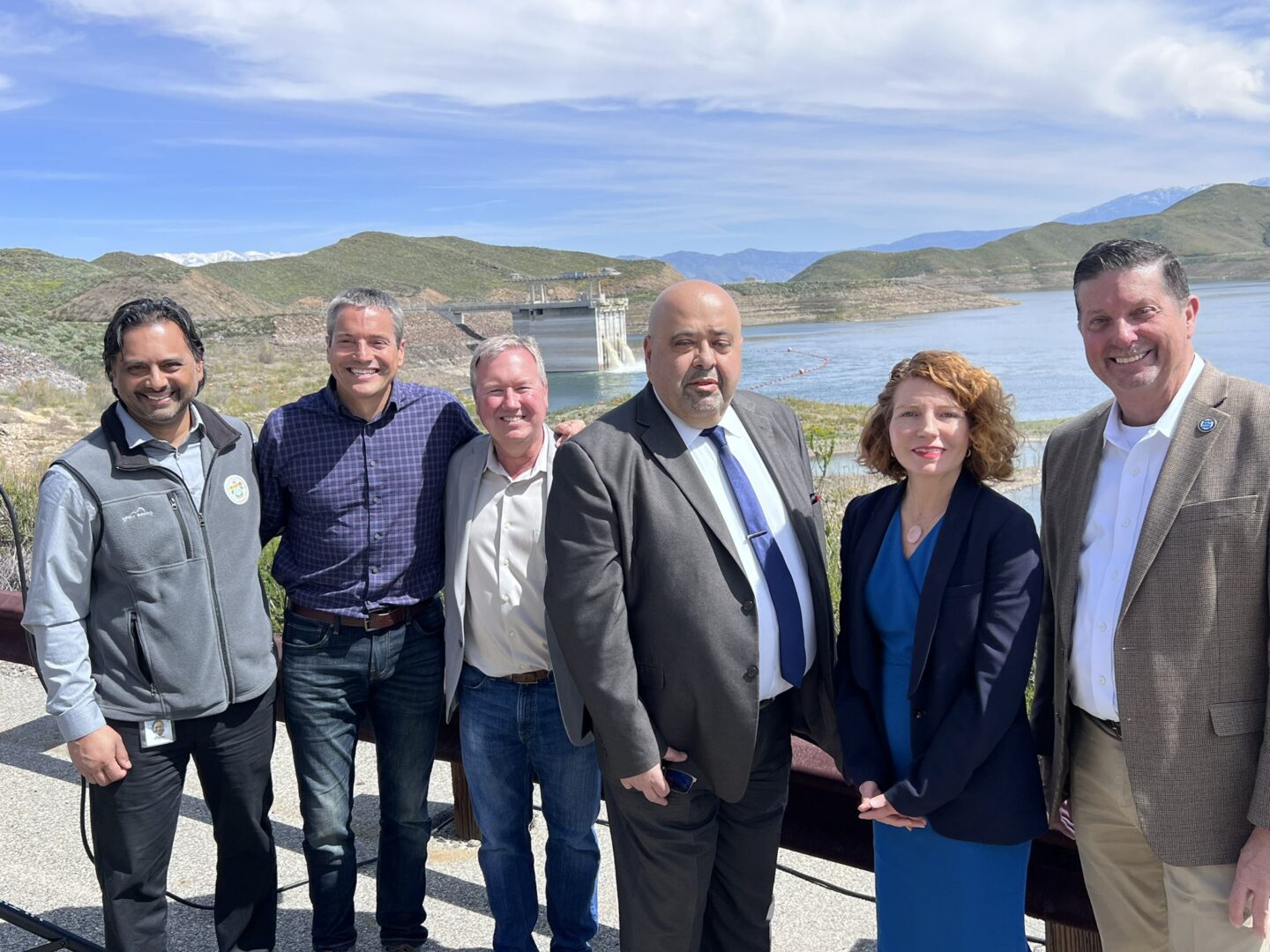
Following the drought-easing deluge of rainstorms that hit Southern California in recent weeks, the Metropolitan Water District on Monday announced a “major milestone” as it began refilling the region’s largest reservoir for the first time in three years.
Officials from the district — which is the wholesaler that serves some 19 million people in six SoCal counties — gathered with state officials at Diamond Valley Lake in Hemet to announce “operational actions” that will “maximize the amount of water stored in depleted reservoirs and groundwater basins,” the district said.
“With the help of these recent storms, and the continued efficient water use of Southern Californians, we expect this year to be able to nearly replace all the withdrawals from storage we made over the past three years,” Metropolitan General Manager Adel Hagekhalil said in a statement.
But he also cautioned, “We need to save every drop we can for the next dry cycle, which could be even more severe than the last one.”
California Secretary for Natural Resources Wade Crowfoot, meanwhile, said in a statement released by the district, “Our water supplies have improved dramatically after three years of record-breaking drought. While we’ve been blessed with abundant rain and snowfall this year, it’s only a matter of time before we experience another dry cycle.”
He added, “We need to press forward with Governor (Gavin) Newsom’s water supply strategy for a hotter, drier future. This includes continuing to invest in facilities like Diamond Valley Lake to capture and store water during really wet winters for use during extended dry periods.”
Metropolitan officials said the wholesaler relies heavily on its reserves in Diamond Valley Lake, and that “without this 810,000 acre-foot reservoir, the impact of the dry cycle on the region would have been far worse.”
The lake was built in the late 1990s, and is the largest in Southern California. It is owned and operated by Metropolitan.
Monday’s announcement by Metropolitan came after Newsom, on Friday, said the state would ease emergency drought restrictions, and that agencies across California would be receiving dramatically higher State Water Project deliveries than originally anticipated.
“The weather whiplash we’ve experienced in the past few months makes it crystal clear that Californians and our water system have to adapt to increasingly extreme swings between drought and flood,” Newsom said. “As we welcome this relief from the drought, we must remain focused on continuing our all-of-the-above approach to future-proofing California’s water supply.”
Newsom’s announcement means that water agencies — including Metropolitan — will now receive 75% of their requested allotment from the State Water Project. That’s a dramatic from December, when agencies were told to expect only 5% of their requests.
The anticipated allotments increased to 30% in January, then to 35% in February.
Newsom’s lifting of emergency drought measures also meant an end to the voluntary 15% water-use-reduction target that was implemented last year, although residents were still urged to continue conserving any way they can.
In addition, his action ended the requirement that local water agencies implement “level two” of their drought contingency plans. A state of emergency issued for all 58 counties in the state to facilitate drought response and recovery efforts will remain in place.




















































